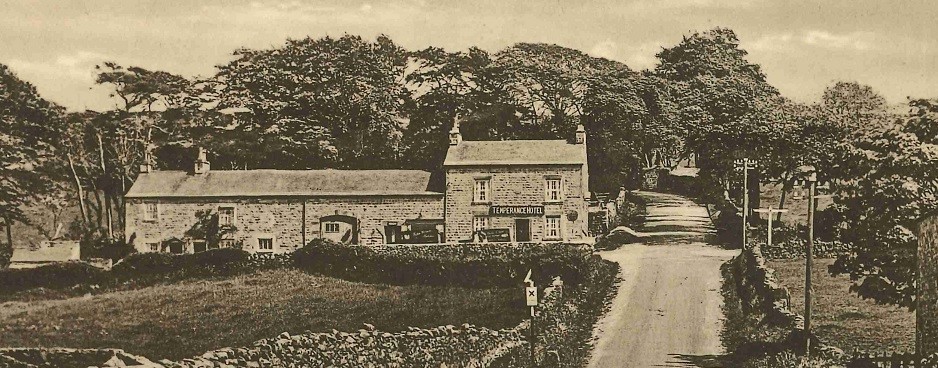Quernmore (or as it is said locally ‘Quormer’) was first recorded in 1228 as ‘Quernemor’.
By 1342 it was ‘Quermore’ and around 1500 what looks like a bit of a departure with ‘Whermore’ – although Whernside near Dent has the same origin. On the Yates map of Lancashire from 1786 it is recorded as ‘Quarmore’ – closer to how it is said today. The current spelling makes a return to the original.
The placename derives from either the Old English ‘cweorn’ or the Old Norse ‘kvern’. Both mean ‘quern’ or ‘mill’. Quern-stones are used in hand-milling where a top stone is rotated or rolled against a bottom stone to grind grain.
They were eventually superseded by the millstone for a mechanical water, wind or animal-driven mill. The rock at Quernmore is millstone grit – a very hard stone that does not produce as much grit during milling. It was much in demand as people in the past often had teeth worn down by chewing all the grit in the flour!
The moor element comes from the Old English (Anglo-Saxon) ‘mōr’. Each town or village would have some ‘moor’ for grazing their animals.
In the Roman period Quernmore was an industrial site where bricks, tiles and pottery were made. It is perhaps in the Roman period that it became so closely linked to Lancaster.
Shortly after the Norman Conquest, Quernmore became part of the Royal Forest. Like the Forest of Bowland, this did not mean that it was covered in trees, but instead was subject to the distinctive legal framework known as Forest Law. Even so, the townspeople of Lancaster had certain rights to graze their animals there. In 1278 Quernmore Park was created as a hunting park by Edmund, Earl of Lancaster, the son of Henry III.
Quernmore Park was sold by Charles I in 1630 and became one of several Roman Catholic strongholds around the Lancaster area.
The image shows the Temperance Hotel at Quernmore Brow, which was also a Post Office and had previously been the Dog and Partridge public house.


